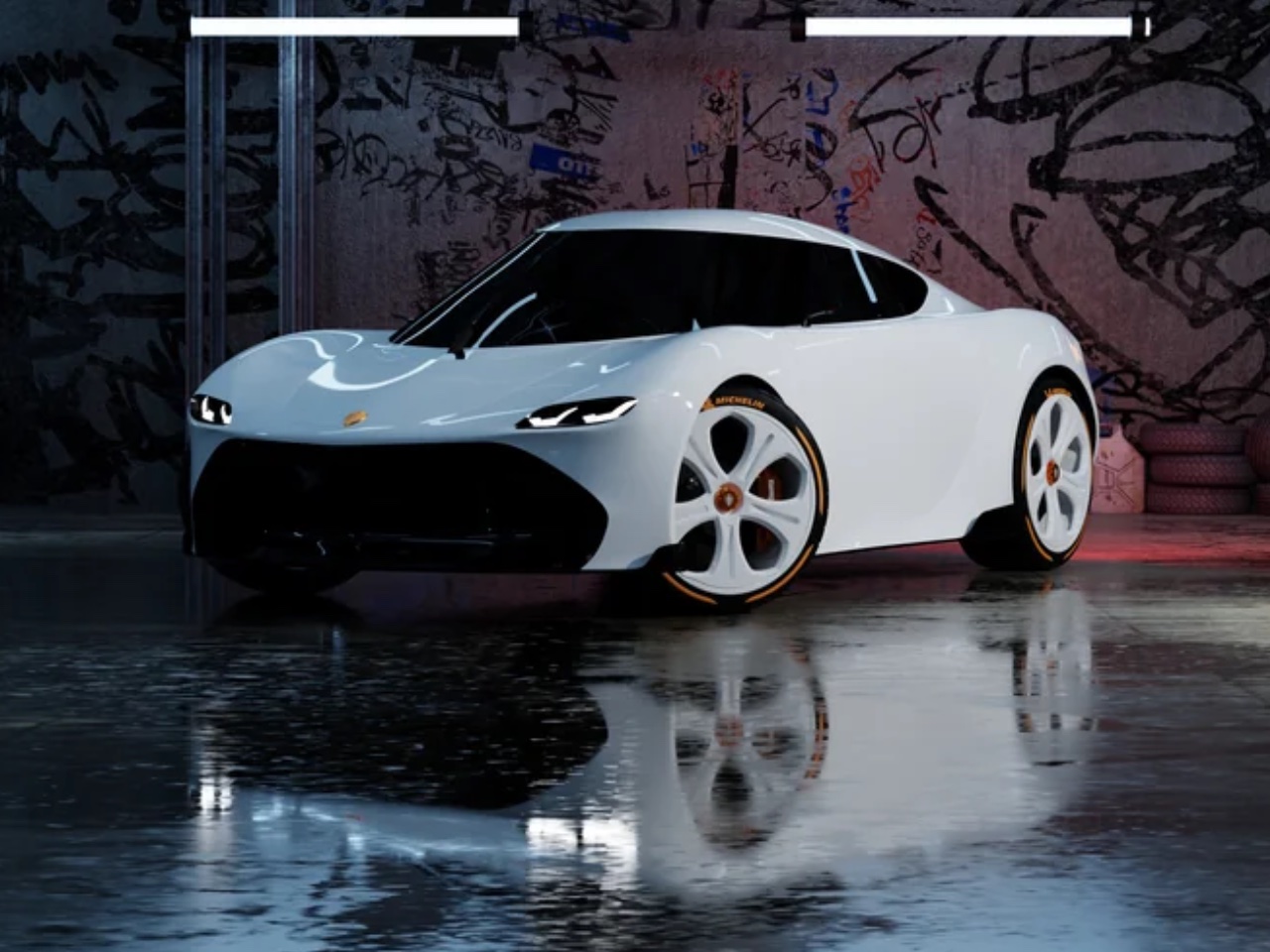
What happens when you take one of the world’s most exclusive hypercar brands and ask a design student to make it accessible? The Koenigsegg Variera concept by Maximilian TyrotKoenigsegg Variera concept by Maximilian Tyrot answers that question with stunning clarity. This isn’t just another student project gathering digital dust – it’s a thoughtful exploration of how premium automotive DNA can translate into everyday mobility. Tyrot, studying at Lund University’s School of Industrial Design, didn’t just sketch pretty pictures; he collaborated directly with Koenigsegg’s design team to create something genuinely compelling. The result challenges everything we think we know about brand identity and market positioning in the automotive world.
Designer: Maximilian TyrotMaximilian Tyrot
The Design Process That Made This Possible
Tyrot’s approach to the Variera concept demonstrates why some student projects transcend academic exercises. He started with extensive research into Koenigsegg’s design philosophy, analyzing the brand’s signature elements from their carbon fiber construction to their distinctive proportions. The initial sketching phase shows dozens of iterations, each exploring different interpretations of what a “small Koenigsegg” might look like.
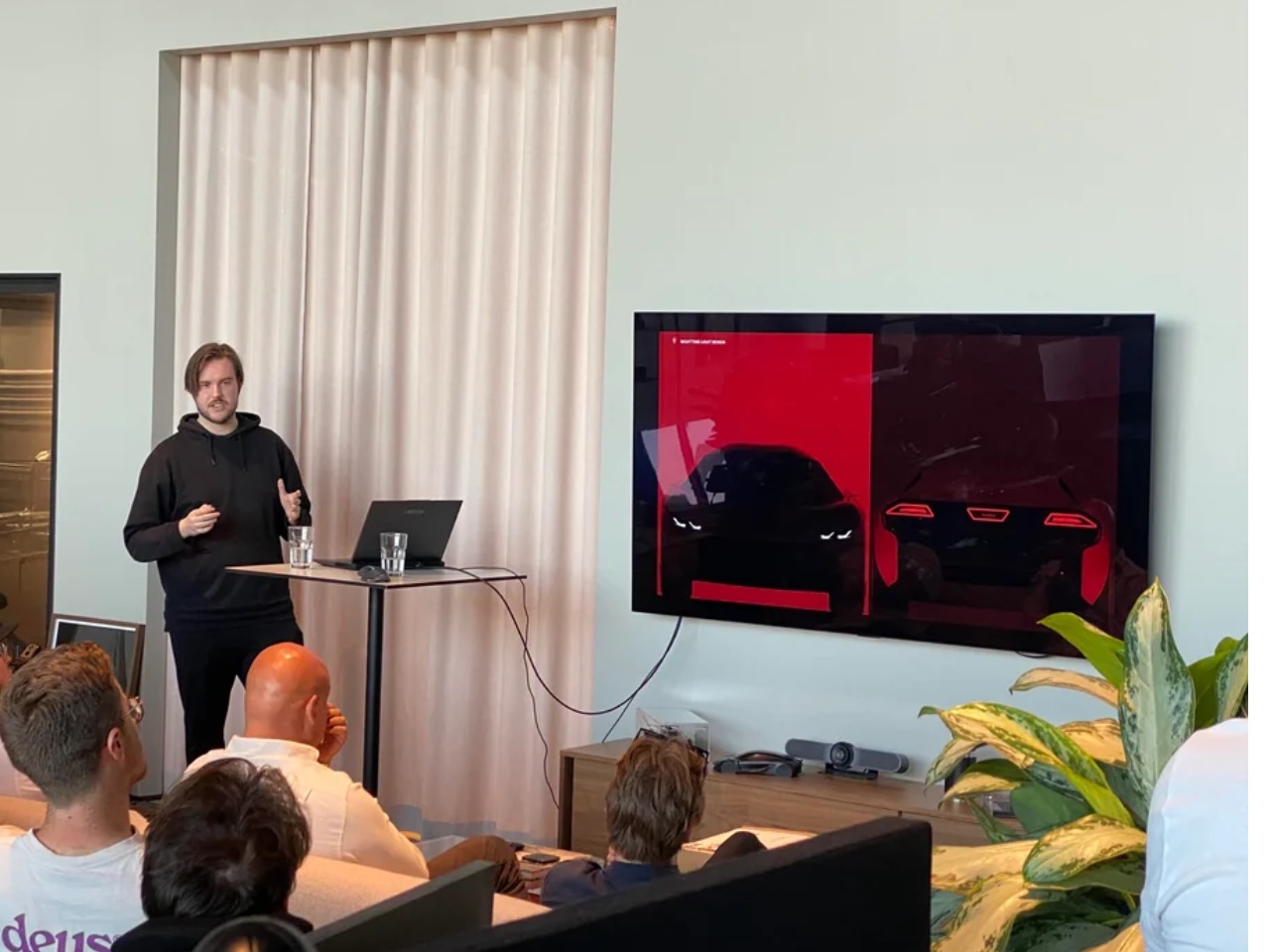
The collaboration with Koenigsegg designer Oscar Dülow provided crucial real-world feedback that elevated the project beyond typical student work. Dülow, himself a former design student, understood the challenges of translating brand DNA across vastly different vehicle categories. This mentorship shows in the refined quality of Tyrot’s final concept, where every design decision feels intentional rather than arbitrary. The iterative process visible in the sketches reveals a designer learning to balance creative ambition with practical constraints. The feedback loop between student creativity and professional expertise created something neither could have achieved alone. Tyrot’s willingness to iterate based on professional input demonstrates the maturity that separates great designers from merely talented ones. The result transcends typical academic work because it incorporates real-world manufacturing and marketing considerations.
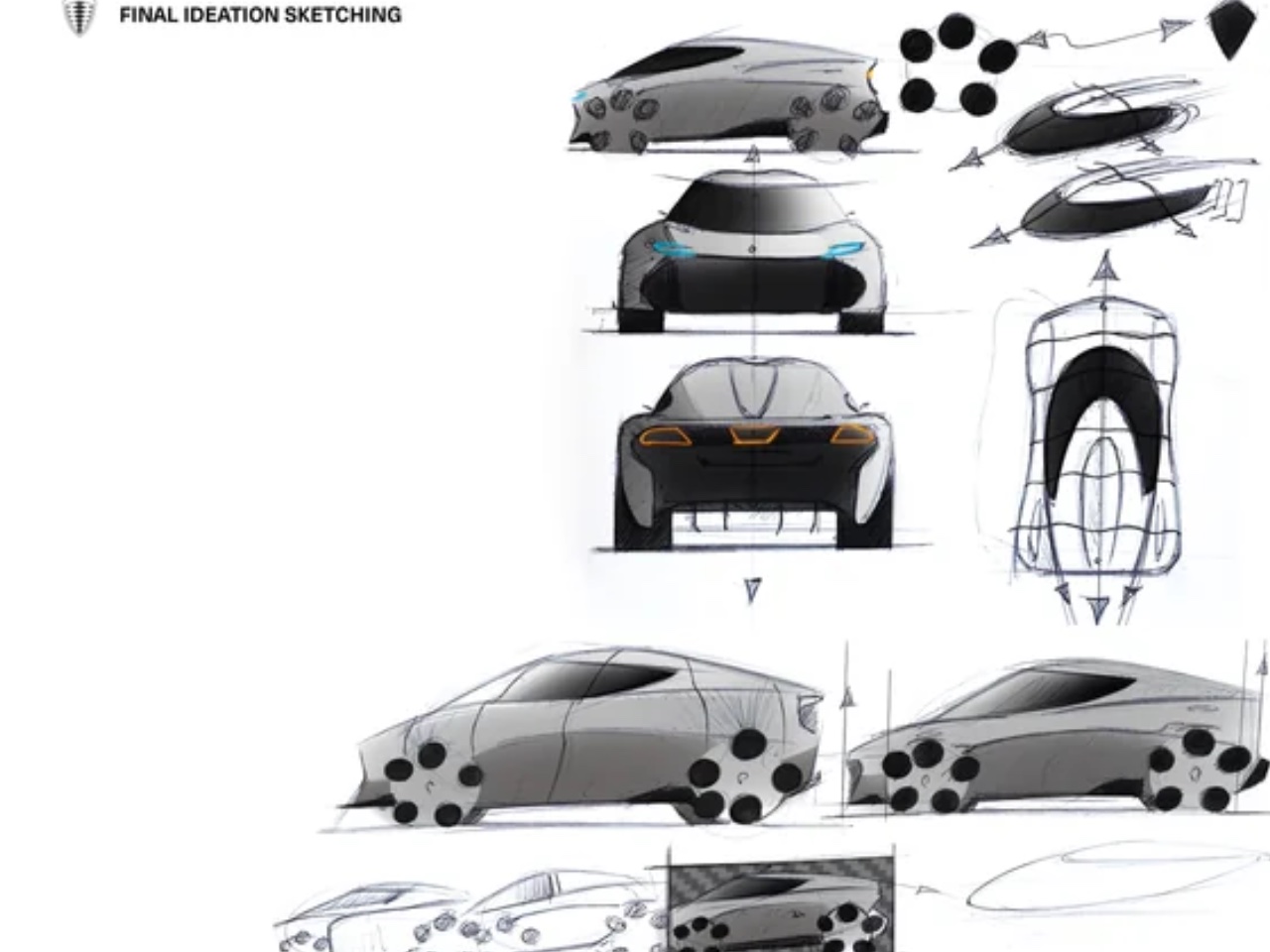
Screenshot
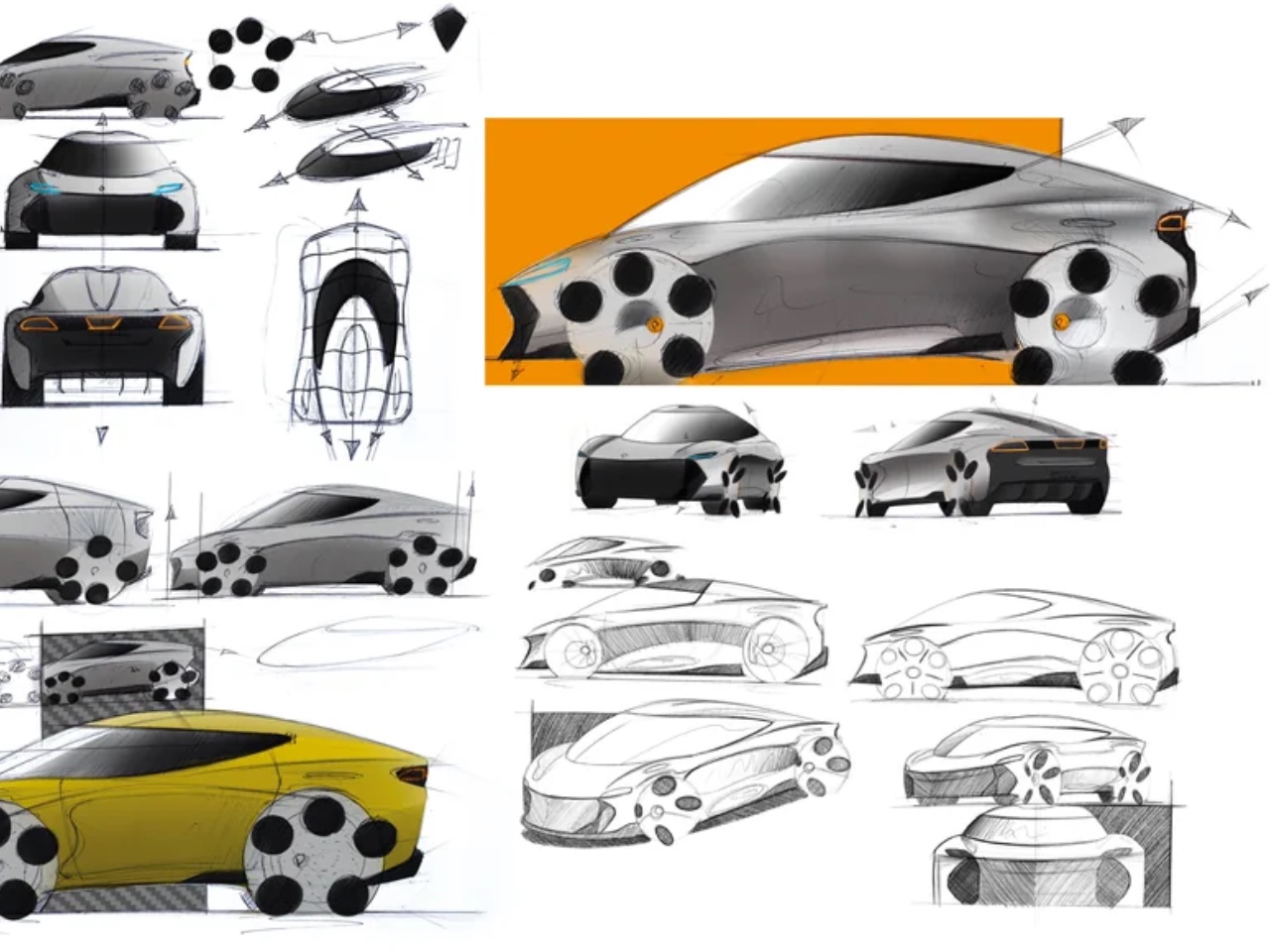
What strikes me most about Tyrot’s process is his systematic approach to wheel design. The detailed development sheets show how he analyzed Koenigsegg’s existing wheel designs, particularly the CC850’s distinctive spokes, then adapted these elements for a smaller, more practical vehicle. This attention to seemingly minor details separates professional-level design thinking from amateur efforts. The wheels alone tell the story of the entire vehicle – premium, distinctive, but approachable. His documentation reveals a designer who understands that every element must contribute to the overall narrative.
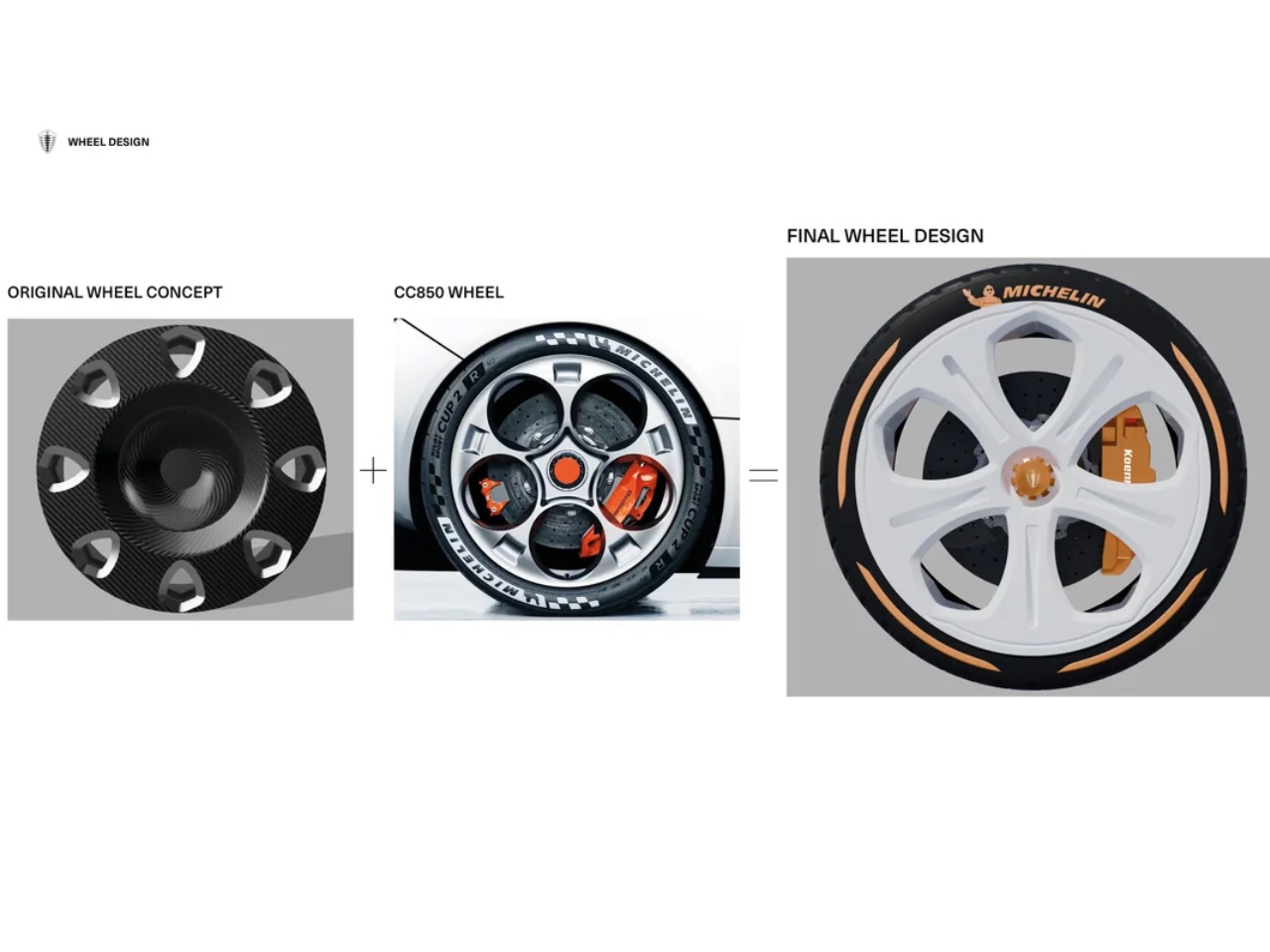
The color, material, and finish (CMF) inspiration board reveals another layer of thoughtful development. Tyrot didn’t just copy Koenigsegg’s existing palette but explored how carbon fiber, orange accents, and clean white surfaces could work together in a new context. The material story he created maintains Koenigsegg’s premium feel while suggesting a more accessible price point through strategic material choices. The inspiration images show influences from architecture, fashion, and industrial design, demonstrating the cross-disciplinary thinking that elevates automotive design. This holistic approach to material selection shows design maturity beyond his years. The orange accents specifically reference Koenigsegg’s signature color while making it more playful and approachable for city car buyers. Each material choice serves both aesthetic and strategic purposes, creating coherence across the entire design story.
Form Language That Bridges Two Worlds
The Variera’s exterior design accomplishes something remarkably difficult – it looks unmistakably like a Koenigsegg while being completely different from anything the company has ever produced. The front fascia carries forward the brand’s aggressive air intake design but scales it appropriately for a city car. Those distinctive headlight shapes echo the CC850 and other recent Koenigsegg models, creating immediate brand recognition despite the dramatically different proportions. The proportional relationships maintain Koenigsegg’s athletic stance while accommodating the practical requirements of urban mobility.
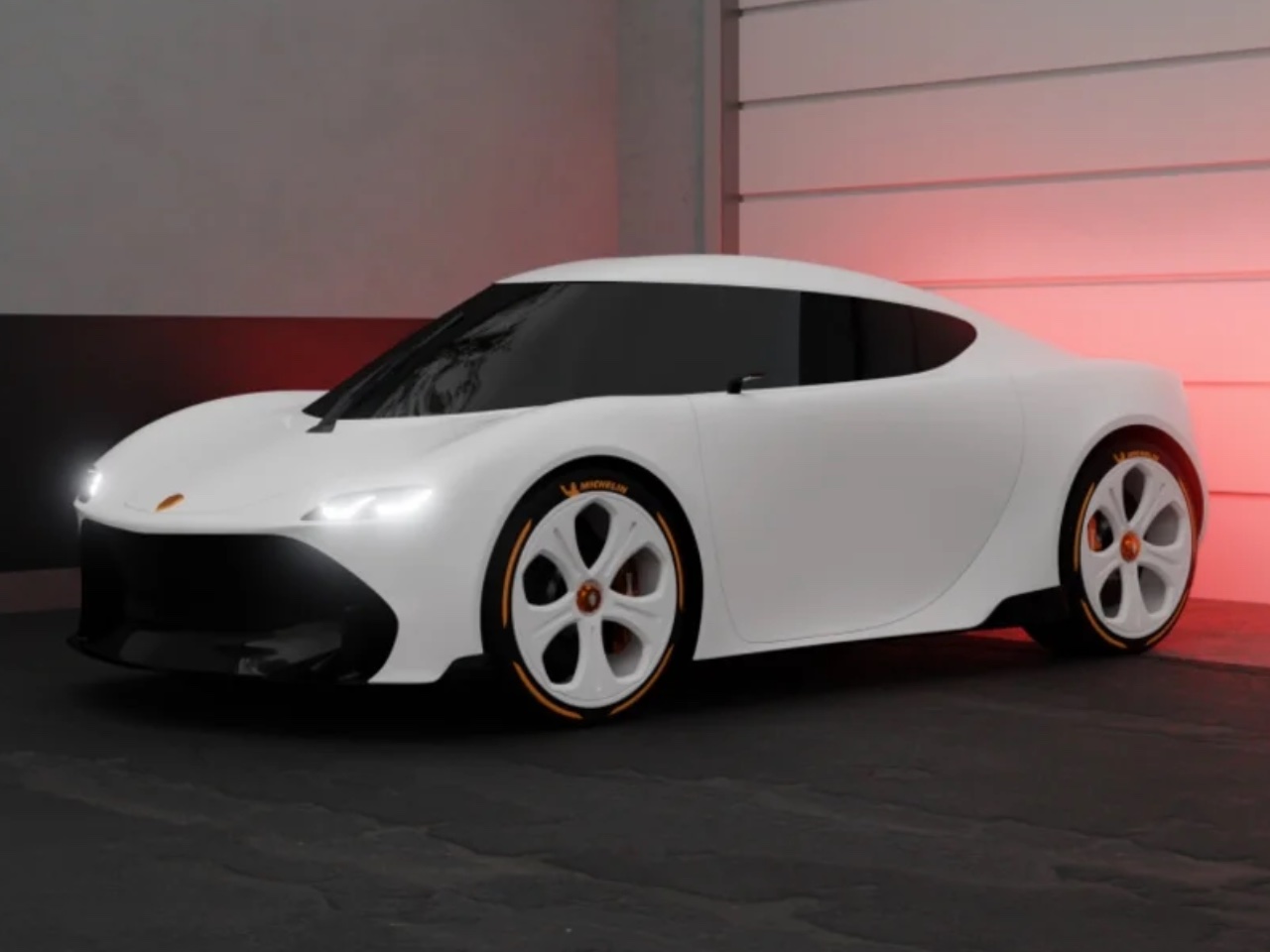
Tyrot’s handling of the side profile shows sophisticated understanding of automotive design principles. The greenhouse-to-body ratio maintains Koenigsegg’s sporty character while providing the upright seating position city car buyers expect. The door handles are flush-mounted, a detail that might seem minor but reinforces the premium positioning. The character lines flow naturally from front to rear, creating visual movement that makes the static vehicle appear ready to leap forward. The wheel arch treatments suggest performance capability without appearing oversized for the vehicle’s actual purpose. The overall proportions achieve visual lightness while maintaining structural integrity, a balance that requires deep understanding of automotive design principles.
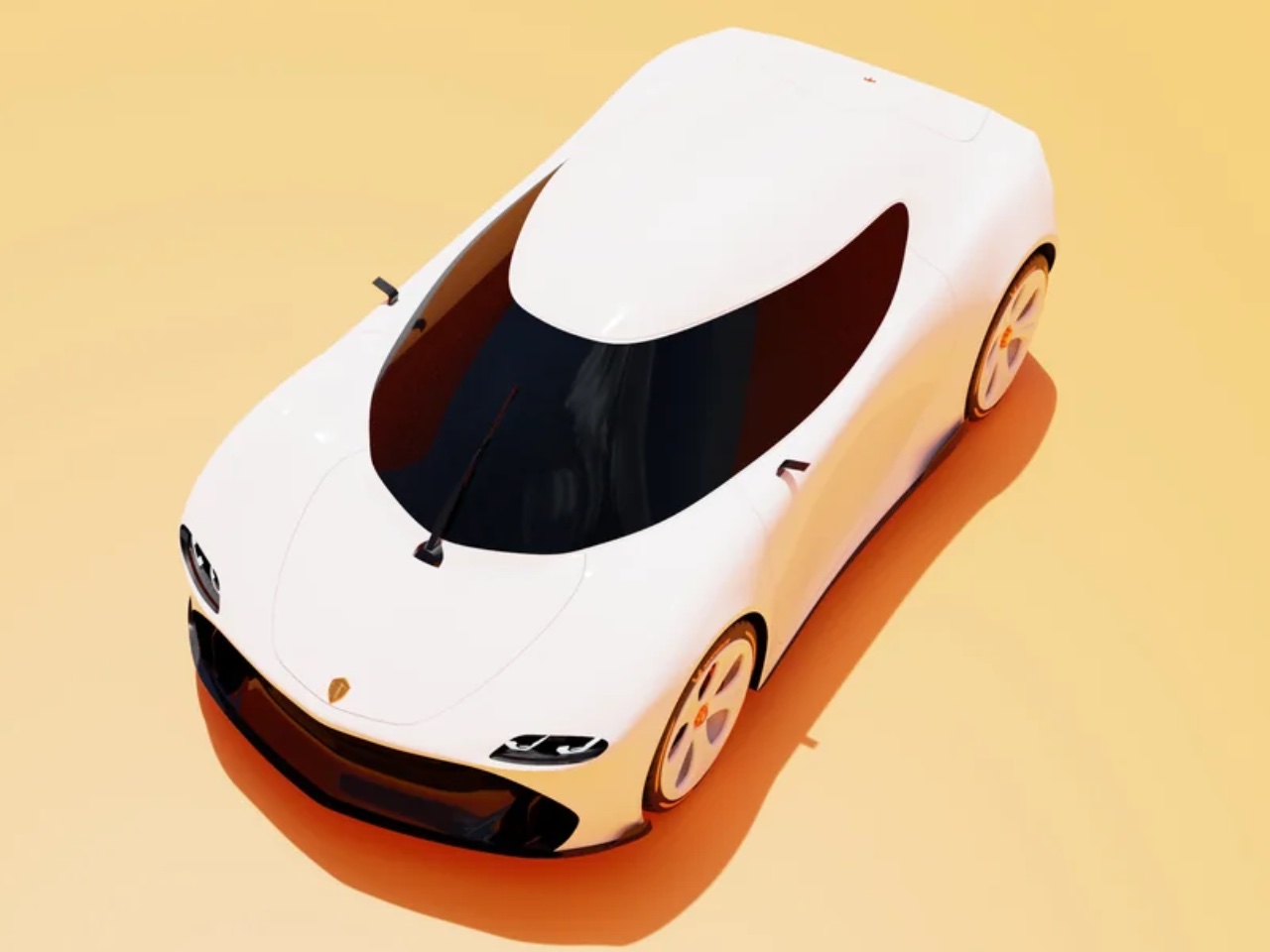
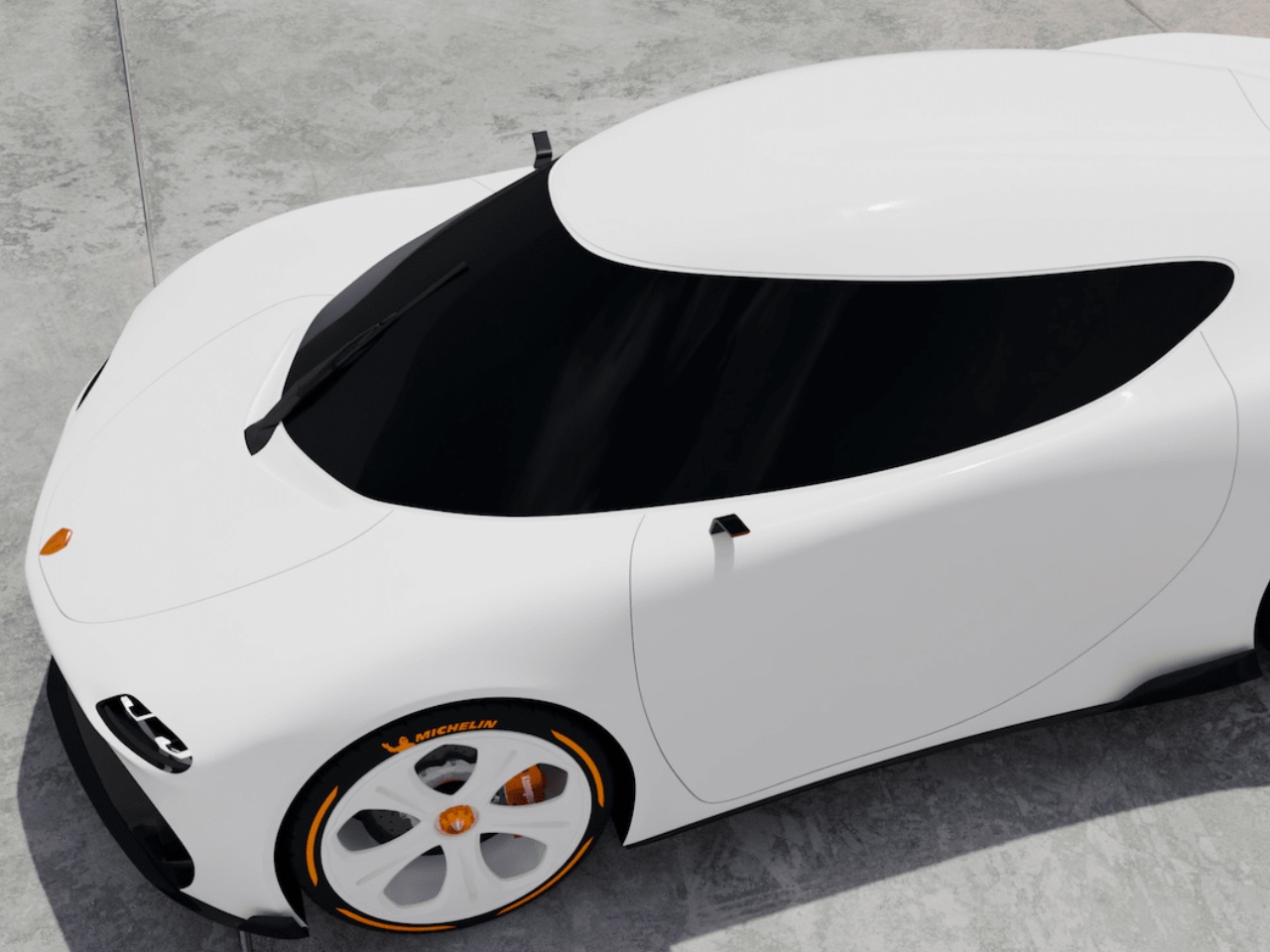
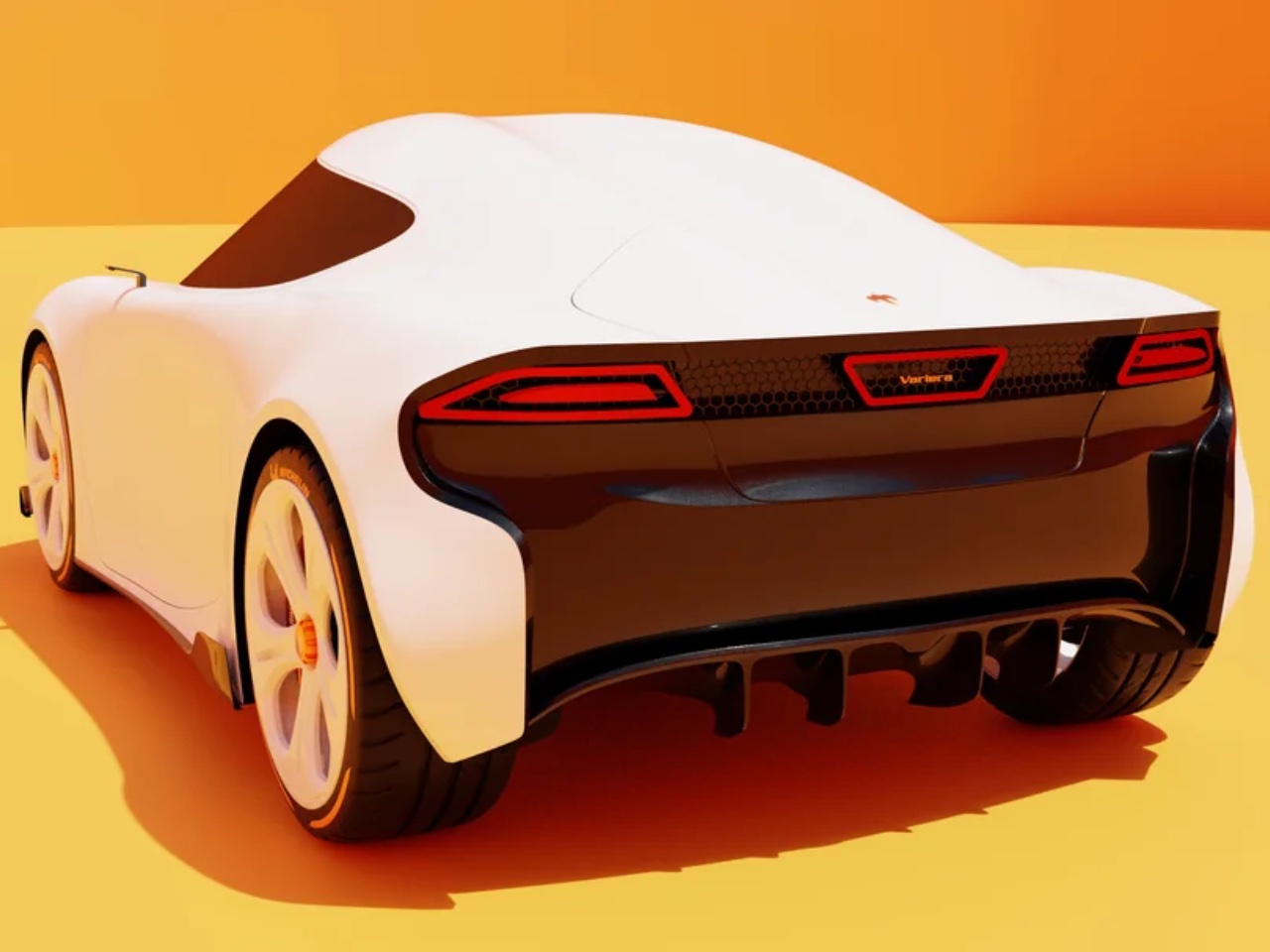
The rear treatment particularly impresses me with its restraint. Rather than trying to cram every Koenigsegg styling cue into the design, Tyrot selected specific elements that work at this scale. The taillights reference the brand’s signature lighting graphics without looking oversized or inappropriate. The lower diffuser suggests performance capability while remaining proportionate to the vehicle’s actual purpose. The rear spoiler integration maintains aerodynamic efficiency while contributing to the overall design story. The license plate placement and rear glass angle create visual harmony that feels effortless but required careful consideration. The exhaust treatment, while likely decorative on an electric vehicle, maintains the performance aesthetic that Koenigsegg buyers expect. This selective restraint demonstrates design maturity that many professional designers struggle to achieve.
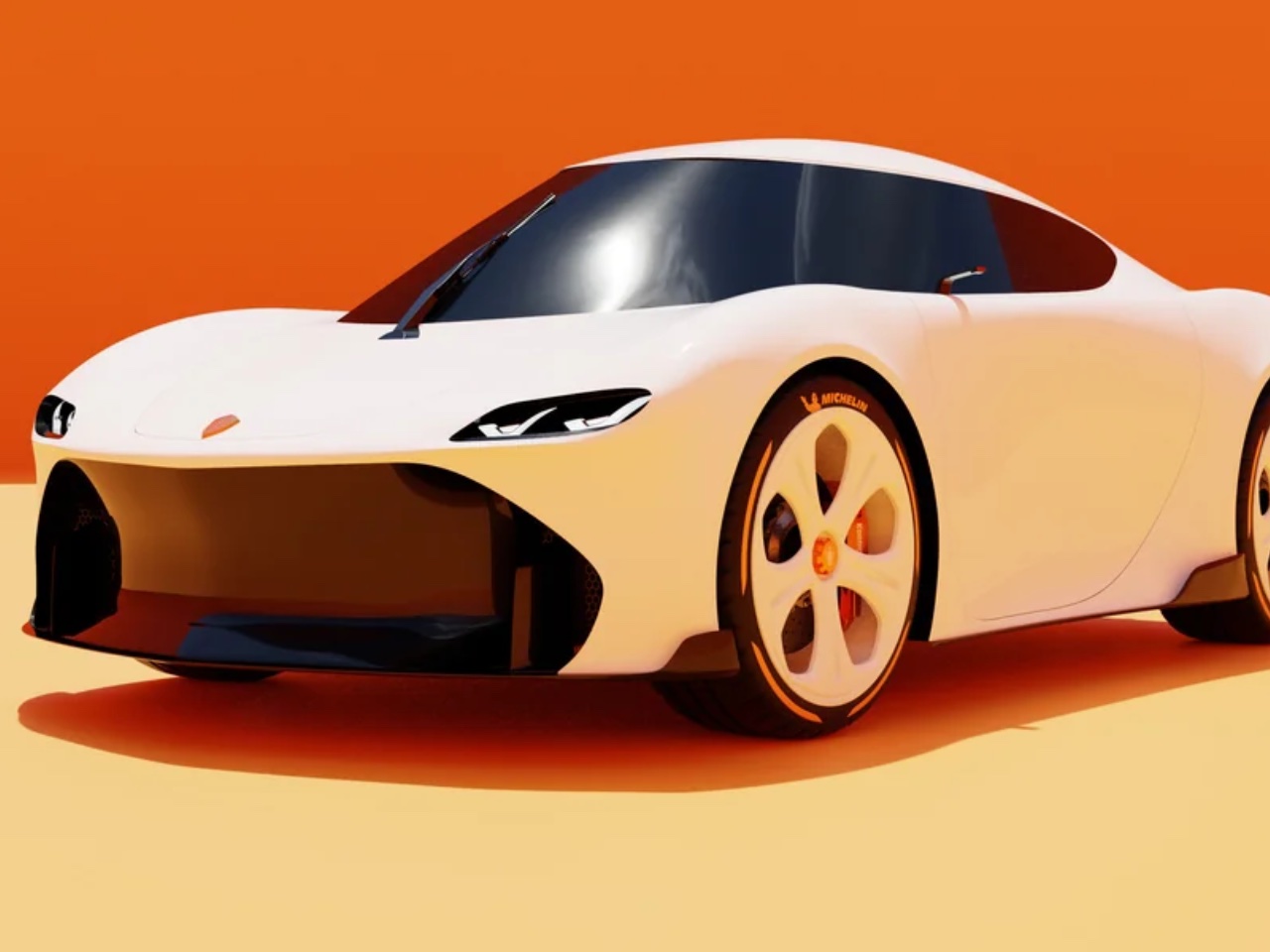
Those custom wheels deserve special recognition as design elements in their own right. The five-spoke pattern clearly derives from Koenigsegg’s design language but adapts beautifully to the smaller scale. The orange brake calipers visible through the spokes provide the perfect accent color, tying together the entire exterior color story. The wheel design alone could serve as a masterclass in adapting premium design elements across different vehicle segments.
The overall proportions achieve something I didn’t think was possible – making a small city car look genuinely athletic without appearing cartoonish. The stance is confident, the overhangs are minimal, and the visual weight distribution suggests a vehicle that would be genuinely fun to drive. This isn’t just styling exercise; it’s problem-solving at the highest level. The proportional relationships create visual interest from every angle while maintaining the clean, purposeful aesthetic that defines great automotive design. The surface development shows restraint and sophistication that many production vehicles lack. The design successfully scales Koenigsegg’s dramatic presence down to city car dimensions without losing impact or character. This achievement alone validates the project’s significance beyond academic exercise.
Why This Project Matters Beyond Academia
Maximilian Tyrot’s Koenigsegg Variera concept demonstrates why the best student projects often push boundaries that established manufacturers hesitate to cross. Free from quarterly profit pressures and existing product line constraints, student designers can explore possibilities that reveal new market opportunities.
The fact that Koenigsegg’s own design team supported this project suggests they recognize its value beyond academic exercise. The automotive industry faces unprecedented change as electrification and urbanization reshape mobility needs. Traditional luxury brands must evolve or risk irrelevance as new players redefine premium experiences. Tyrot’s concept shows one possible path forward – maintaining emotional appeal and brand character while adapting to new realities. The design quality achieved here proves that such adaptation doesn’t require compromise if executed thoughtfully. The project demonstrates that premium positioning can extend into new market segments without diluting brand equity. This strategic insight has implications far beyond this single concept, suggesting new approaches to brand extension across the luxury automotive sector.
The post This Student Just Reimagined Koenigsegg as an Electric City Car – And It’s Brilliant first appeared on Yanko Design.
Read More . . .|
 | Tweet
| Tweet